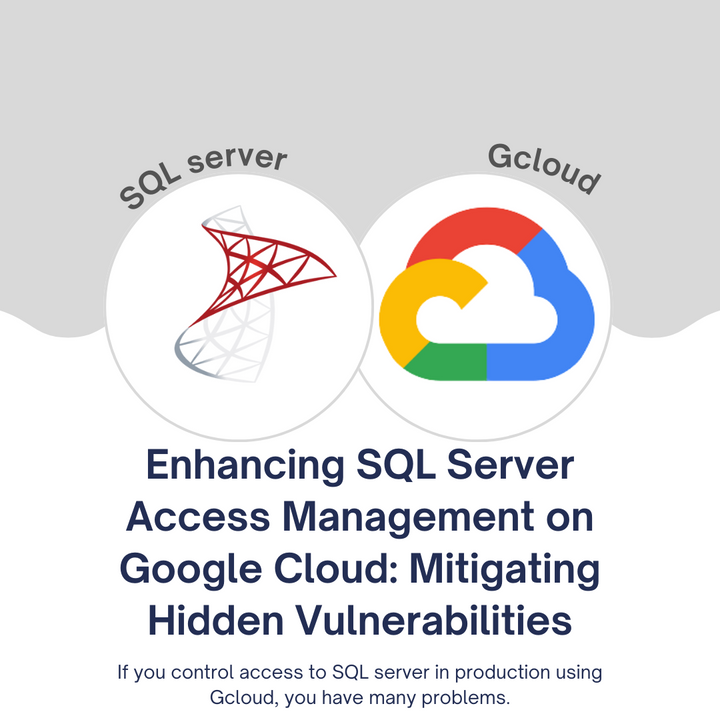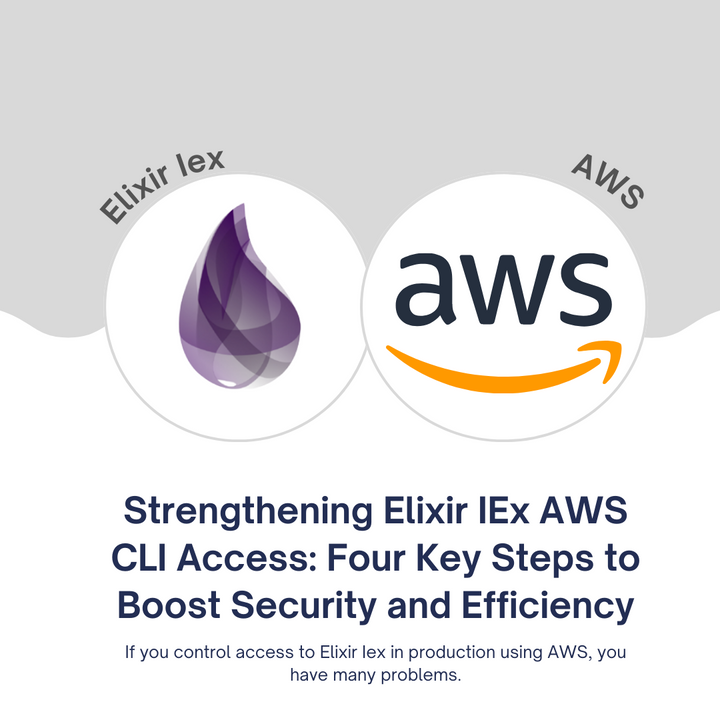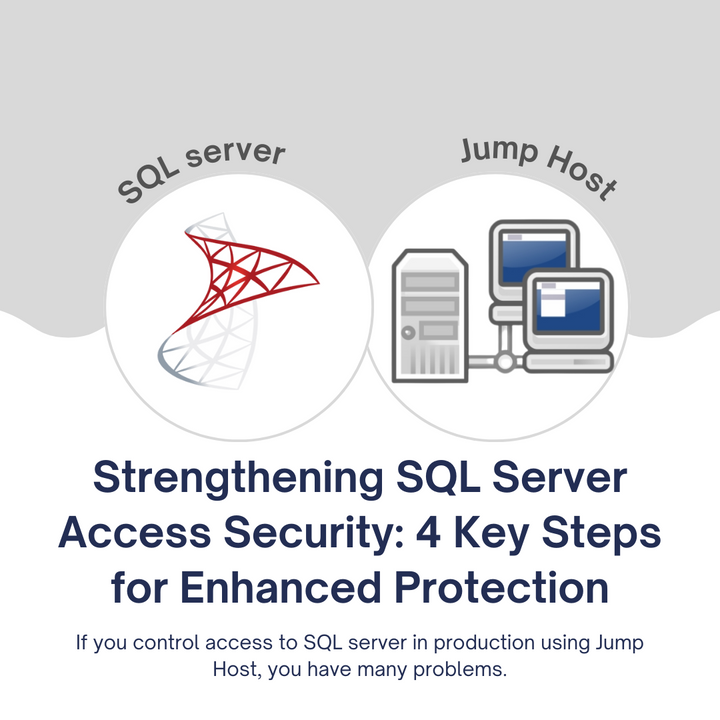11 Mistakes to Avoid in Managing Developer Credentials
The reason most businesses face cybersecurity threats is because they mishandle developer credentials. This happens because many underestimate the importance of securing these critical assets, leading to data breaches and reputation damage. In this post, we will walk you through 11 crucial mistakes to avoid in managing developer credentials.
We're going to walk you through:
- Understanding the Importance of Secure Storage
- Implementing Role-Based Access Control
- Rotating Credentials Regularly
- Monitoring and Auditing Credential Usage
- Protecting Secrets in Code
- Using Strong Authentication Methods
- Educating Your Team
- Recovering from Credential Compromises
- Avoiding Hardcoded Credentials
- Handling API Tokens with Care
- Preparing for Credential Revocation
Mastering these techniques will help businesses enhance their security, reduce the risk of breaches, and ultimately safeguard sensitive data and customer trust.
Understanding the Importance of Secure Storage
Opener: Securely storing developer credentials is the foundation of a robust security strategy.
Mismanaged credentials can lead to data breaches, legal consequences, and damage to your company's reputation.
Proper storage safeguards your business, ensuring customer trust and regulatory compliance.
Mistake: Storing credentials in plaintext files or hardcoding them in code.
Actionable Tip: Use encrypted credential management tools like HashiCorp Vault or AWS Secrets Manager.
Imagine storing your house keys in an unlocked mailbox - it's an invitation for thieves. Similarly, storing credentials insecurely is like an open door for cybercriminals.
Secure storage is the first line of defense in protecting developer credentials.
Implementing Role-Based Access Control
Opener: Role-based access control (RBAC) ensures the right people have the right permissions.
It reduces the risk of unauthorized access and limits the scope of potential damage.
RBAC streamlines access management and reduces human error in permission assignment.
Mistake: Granting overly broad permissions to developers.
Actionable Tip: Regularly review and refine permissions based on the principle of least privilege.
Think of RBAC as a museum where only authorized personnel have access to valuable exhibits. Unauthorized visitors can't tamper with the artwork.
RBAC is like giving each developer a key that opens only the doors they need to access.
Rotating Credentials Regularly
Opener: Regular credential rotation is akin to changing locks on your doors to maintain security.
Outdated credentials can be exploited, leading to unauthorized access.
Rotation enhances security and minimizes the window of vulnerability.
Mistake: Neglecting to change passwords and API keys for extended periods.
Actionable Tip: Set up automated systems to enforce password and credential rotation.
Rotating credentials is like changing the PIN for your ATM card regularly - it prevents misuse if someone ever gets hold of it.
Credential rotation is a proactive security measure to reduce the risk of unauthorized access.
Monitoring and Auditing Credential Usage
Opener: Continuous monitoring is vital to ensure the integrity of developer credentials.
It helps detect anomalies, unauthorized access, or suspicious activities.
Early detection allows for a swift response to potential security threats.
Mistake: Failing to monitor or audit credential usage.
Actionable Tip: Employ security information and event management (SIEM) systems to track credential activities.
Monitoring credential usage is similar to checking your bank statement regularly for unusual transactions.
Monitoring and auditing are essential to maintaining a secure developer environment.
Protecting Secrets in Code
Opener: Storing secrets within code can be a ticking time bomb for security.
Hardcoded secrets are accessible to anyone with access to the codebase.
Mistake: Embedding credentials directly in source code.
Actionable Tip: Use environment variables, configuration files, or secret management tools to store credentials securely.
Consider secrets in code like leaving your house key under the welcome mat—it's convenient, but everyone knows where to find it.
Storing secrets securely reduces the risk of unauthorized access and code vulnerabilities.
Using Strong Authentication Methods
Opener: Strong authentication methods add an extra layer of security to your systems.
Multi-factor authentication (MFA) is a powerful deterrent against unauthorized access.
Mistake: Relying solely on basic username and password combinations.
Actionable Tip: Implement MFA wherever possible, adding an extra layer of protection.
Imagine using MFA as a double-locked door; even if someone gets the key, they can't enter without the second lock.
Enhanced authentication keeps credentials safer and bolsters your overall security.
Educating Your Team
Opener: Your team's knowledge and vigilance play a significant role in credential security.
Educated team members are more likely to make secure choices.
Mistake: Neglecting security training for your development team.
Actionable Tip: Provide regular security training to your team, emphasizing the importance of secure credential management.
Think of security training like teaching your kids about safety - it helps them make smart choices and avoid danger.
Well-informed team members are your first line of defense against credential mishandling.
Recovering from Credential Compromises
Opener: Despite your best efforts, breaches can happen.
Being prepared for credential compromises is essential for damage control.
Mistake: Failing to have a response plan in place.
Actionable Tip: Develop an incident response plan to address credential breaches promptly and effectively.
Think of it as a fire extinguisher; you hope you won't need it, but it's crucial when things go wrong.
A well-prepared response plan can minimize the impact of credential compromises.
Avoiding Hardcoded Credentials
Opener: Hardcoding credentials is like leaving your front door wide open.
It's a common and dangerous mistake that many developers make.
Mistake: Embedding credentials directly in the code, leaving them exposed.
Actionable Tip: Store credentials in a separate, secure location, not in the code itself.
Picture it like placing your house key in a lockbox with a code—only those who know the code can access your key.
By avoiding hardcoded credentials, you protect your systems from unauthorized access.
Handling API Tokens with Care
Opener: API tokens are the keys to your kingdom in the digital world.
Mishandling them can lead to disastrous consequences.
Mistake: Sharing or exposing API tokens without proper safeguards.
Actionable Tip: Protect and manage API tokens as carefully as you would physical keys to your property.
Think of API tokens as digital master keys; they should be closely guarded.
Handling API tokens with care reduces the risk of unauthorized access and data breaches.
Preparing for Credential Revocation
Opener: Just as you might change your locks after losing your house key, you should be prepared to revoke credentials.
It's a security measure often overlooked.
Mistake: Neglecting a clear process for credential revocation.
Actionable Tip: Establish a robust credential revocation process to swiftly disable access when necessary.
Consider it like having a remote control to disable your lost house key.
Being prepared for credential revocation can mitigate security risks effectively.
Conclusion
In the world of cybersecurity, managing developer credentials is a critical task. Avoiding these eleven common mistakes can significantly enhance your organization's security, protect sensitive data, and safeguard your reputation. By understanding the importance of secure storage, implementing role-based access control, and following best practices for credential management, you'll be well-equipped to navigate the complex landscape of developer credentials. Stay vigilant, educate your team, and be prepared to respond to breaches. In doing so, you'll build a robust defense against unauthorized access and data breaches, ultimately ensuring a safer digital environment for your organization and its stakeholders.



